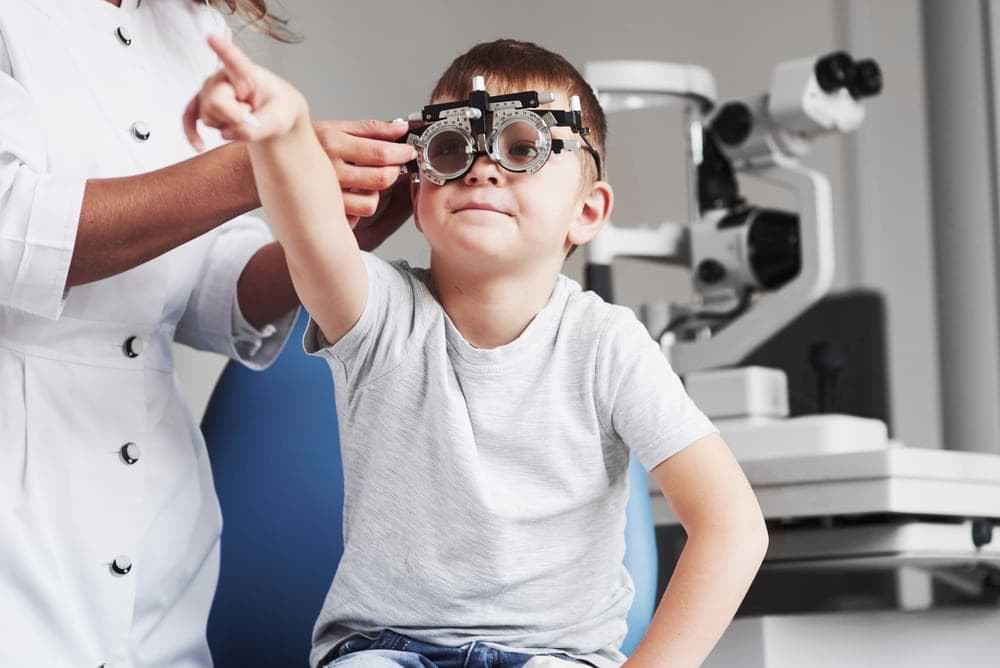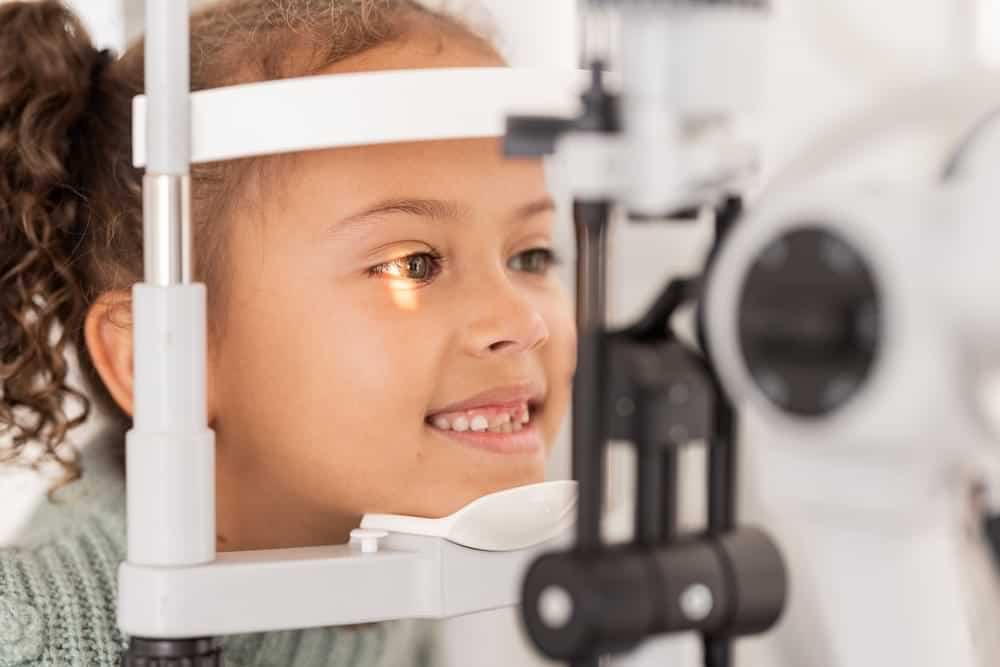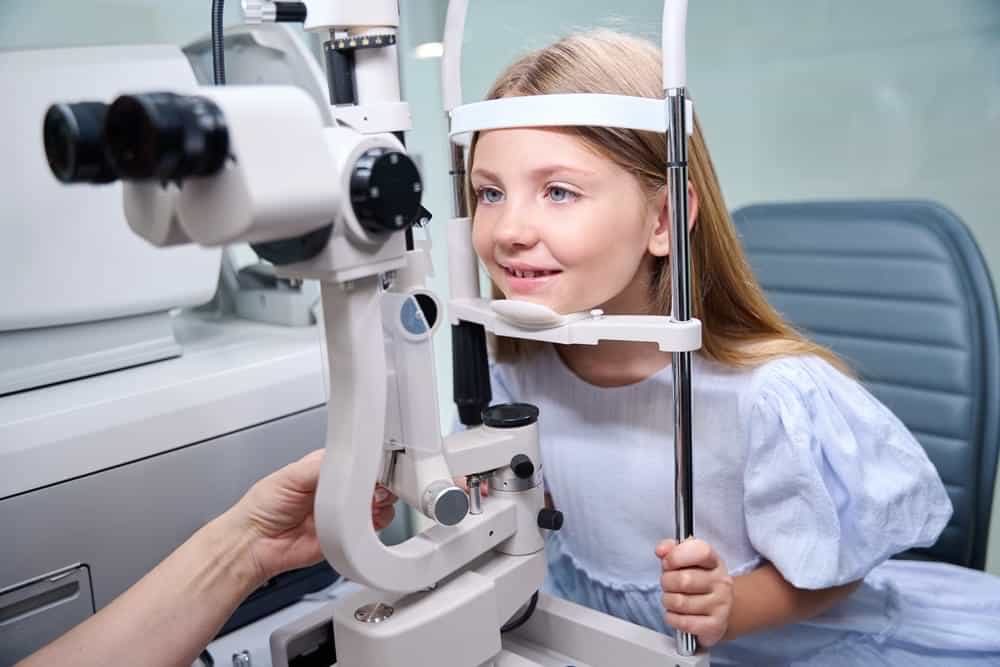What’s the better choice for managing your child’s short-sightedness—myopia control glasses or MiSight contact lenses? And how do you know which one will actually fit your child’s needs and your family’s lifestyle?
I’m Dr David Truong, owner and Principal Optometrist at Beyond Eyecare in Sydney. I’ve helped many families manage childhood myopia using both glasses and contact lenses, and I’ve seen firsthand how the right approach can make all the difference. My role is to help you make an informed, confident decision about your child’s eye health.
Both MiSight contact lenses and myopia control glasses can reduce the progression of myopia according to clinical studiesWhile their results may be similar on paper, the way they fit into your child’s life can be very different.
Key Takeaways
- Both MiSight contact lenses and myopia control glasses can slow myopia progression by up to 60%.
- Myopia glasses are safe for younger children and easier to maintain, but require full-time wear for best results.
- MiSight lenses offer greater freedom for active kids but rely on daily responsibility and consistent hygiene.
- Choosing the right option depends on your child’s age, lifestyle, and willingness to stick to the routine.
Comparing Myopia Glasses and MiSight Contacts
What really matters when you’re choosing between myopia glasses and MiSight contact lenses for your child?
I get this question all the time from Sydney parents. Myopia control is a long-term decision that can shape your child’s eye health for years to come. The good news is, you’ve got two strong options on the table, and both have proven results. The real challenge is working out which one fits your child’s needs and your daily life.
Myopia glasses, like Hoya’s MiYOSMART, use clever lens technology to redirect peripheral light. That helps slow down the eye’s elongation, which is what causes myopia to worsen.
MiSight contact lenses achieve the same biological effect with a different design—a dual-focus layout that sits directly on the eye. Same goal, different delivery.
Effectiveness-wise, they’re neck and neck. Clinical studies show MiSight lenses can reduce myopia progression by around 59% in many children. Glasses like MiYOSMART show similar results, sometimes even slightly higher, provided they’re worn consistently.
But beyond vision correction, there’s a bigger picture to consider—long-term eye health. As your child’s prescription climbs, so do the risks of more serious issues down the line. High myopia is linked to complications like retinal detachment, glaucoma, and macular changes that can affect vision for life.
Start early for the best chance to keep things stable. I’ve seen kids who began treatment young and stayed in the low prescription range, while their untreated classmates soared past -4.00 before hitting high school.
| Feature | Myopia Glasses | MiSight Contact Lenses |
| Technology | D.I.M.S., HALT-style lens zones | Dual-focus concentric zones |
| Effectiveness | Up to 60% reduction in progression | Up to 59% reduction in progression |
| Usage | Worn during all waking hours | Worn daily, disposed nightly |
| Best for | Younger kids, cautious beginners | Active kids, confident with hygiene |
| Hygiene Risk | Very low | Low with proper handling |
| Maintenance | Easy to clean and store | No cleaning needed (daily disposable) |
| Cost | Lower long-term cost | Higher recurring cost + fittings |
| Freedom of Movement | May get in the way during sport | Excellent for active lifestyles |
Both options work. But how they fit into your child’s lifestyle—and your own routine—makes all the difference.
Pros And Cons of Myopia Glasses
Myopia glasses are often where I recommend starting, especially for younger kids or those new to myopia control. They’re safe, familiar, and relatively easy to manage, but like any option, they come with trade-offs that can affect daily life and long-term success.
Pros
- Proven Technology
Lenses like Hoya MiYOSMART use D.I.M.S. technology to slow eye growth by creating controlled focus zones. The result is a significant reduction in myopia progression when worn as prescribed. - High Safety
Because glasses don’t touch the eyes, there’s almost zero risk of infection. This makes them ideal for kids who might struggle with hygiene or aren’t ready for contact lens handling. - Simple Maintenance
Cleaning is quick and low-effort. Glasses don’t require daily routines beyond a wipe and a case, which suits busy families and younger children. - Lower Long-Term Cost
Compared to daily disposable lenses, glasses often work out cheaper over time. Add in health fund rebates and fewer replacements, and the numbers stack up well.
Glasses are safe, easy to manage, and backed by proven lens technology. They offer a low-risk way to slow myopia progression with minimal effort and cost, making them a practical first step for most families.
Cons
- Disruptive for Active Kids
Glasses can fog up, fall off, or get in the way during sport or rough play. Some children find them frustrating during PE or outdoor activities. - Physical Wear and Tear
Scratches, bent frames, and lost glasses are all part of the territory. These issues are fixable but can add extra hassle. - Compliance Matters
Myopia control only works when the lenses are worn all day. If the glasses spend more time in a schoolbag than on your child’s face, the treatment won’t be effective.
If your child wears them consistently, myopia glasses are a reliable and low-risk way to slow down short-sightedness. They suit most kids and are a great place to start—provided they stay on the nose, not in the drawer.

Pros And Cons of MiSight Contact Lenses
MiSight contact lenses are a strong option for kids who are ready for a bit more responsibility. They offer freedom from glasses and have impressive clinical results—but they’re not for everyone. Here’s what to weigh up.
Pros
- Proven Myopia Control
MiSight lenses use concentric treatment zones to slow the eye’s growth while correcting vision. Clinical studies report up to 59% reduction in myopia progression, making them highly effective when worn consistently. - Great for Active Kids
Without frames getting in the way, kids can run and play freely. They’re also a confidence booster for children who feel self-conscious in glasses. - No Cleaning Required
Being daily disposables, each lens is worn once and thrown away. This reduces the need for cleaning solutions and cuts down infection risk—as long as hygiene rules are followed.
MiSight lenses deliver proven results, offer day-to-day freedom, and eliminate cleaning hassles. They’re ideal for motivated kids who want more flexibility—and for parents ready to support them through the routine.
Cons
- Requires Maturity
Kids need to be comfortable inserting and removing lenses safely. Younger children may need help from parents until they build confidence and consistency. - Higher Ongoing Cost
Daily lenses add up over time. On top of the lens cost, there’s the need for professional fitting and regular follow-ups to track progress and eye health. - Dependent on Daily Wear
MiSight only works if used most days. Gaps in wear mean reduced effectiveness, so it depends on both motivation and routine.
MiSight lenses demand daily responsibility and hygiene, which not all children are ready for. They also cost more over time and require ongoing follow-ups, making them a bigger commitment for both kids and parents.
Key Decision Factors for Parents
It really comes down to your child and what fits into your family’s daily routine. Age and maturity play a big role. I’ve seen some eight-year-olds handle contacts like pros, while others just aren’t ready yet. If your child has trouble sticking to routines or is hesitant about touching their eyes, glasses are usually the better starting point. But if they’re feeling limited or self-conscious in glasses, MiSight lenses can make a huge difference.
Lifestyle matters, too. Sporty kids often love the freedom of contacts — no slipping frames or fogged-up lenses during games. On the other hand, if your child is mostly indoors or doesn’t mind glasses, that extra flexibility might not be as important.
If your child spends a lot of time in the water, whether at the pool or the beach, we also need to factor that in. A good pair of swim goggles (prescription or not) is essential, because contact lenses should never be worn in water — it’s a serious infection risk.
Cost is part of the conversation as well. Glasses usually cost less over time, while MiSight lenses are single-use and come with extra costs for fittings and follow-ups. But remember, we’re talking about investing in your child’s long-term vision, and some of those costs may be partly covered by your health insurance.
The most important step? Come talk to us at Beyond Eyecare. We help families weigh up these choices every day, looking at lifestyle, eye growth, and what will help your child succeed with their vision treatment.
Final Thoughts
Both myopia control glasses and MiSight lenses are clinically proven to slow myopia progression, but they suit different kids, routines, and comfort levels. Glasses offer safety and simplicity; lenses offer freedom and flexibility—if your child is ready for the responsibility.
Whichever you choose, the most important thing is early action. Slowing your child’s prescription now helps protect their vision for the future.
Book an appointment with Beyond Eyecare today at Zetland (02) 9662 6364 or Surry Hills (02) 9556 1160. You can also schedule a convenient time through our website.






